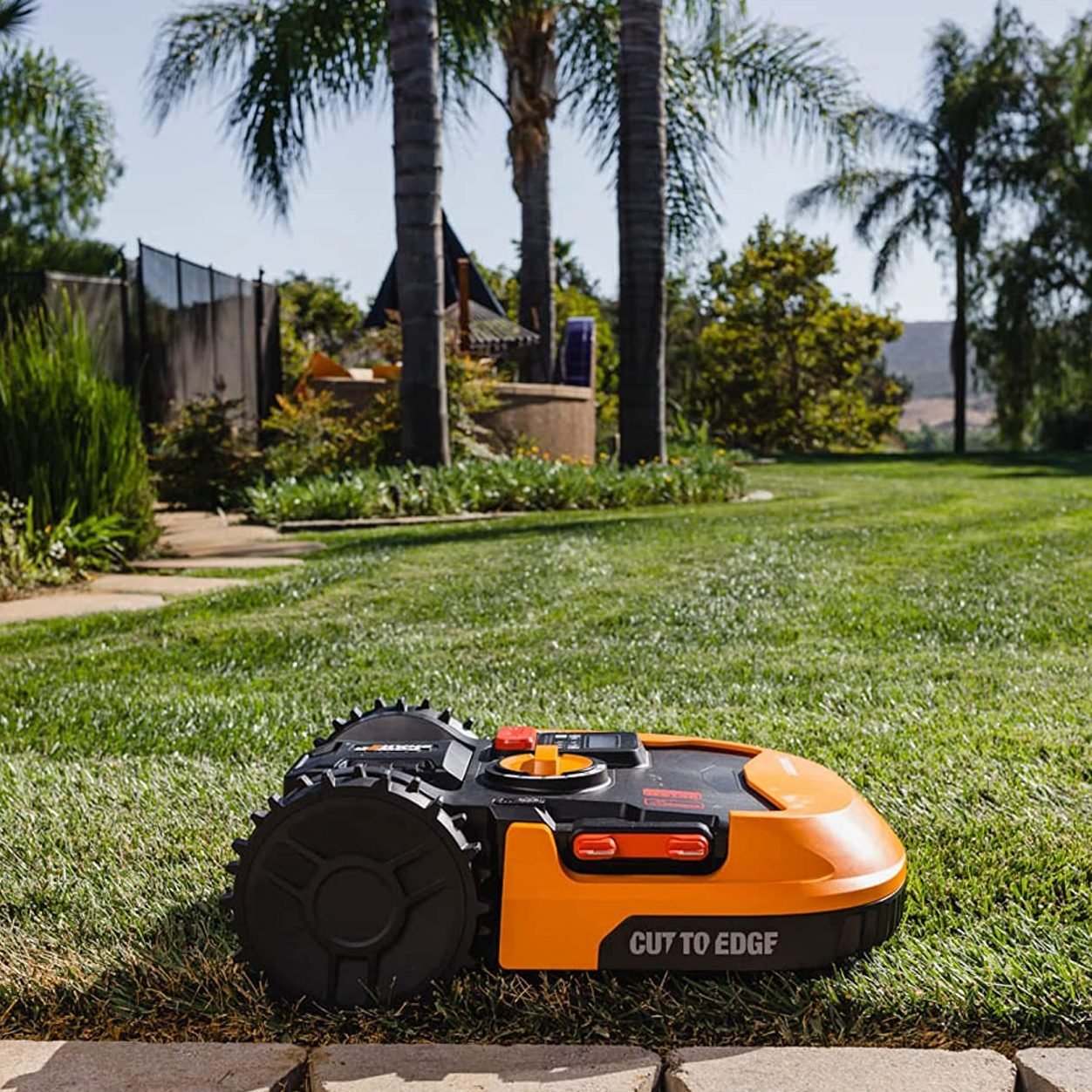
Buying a Robot Lawn Mower
Most people like a well-maintained lawn, but that doesn’t mean they enjoy doing the actual maintenance. Robotic lawn mowers are battery-powered law mowing devices that drive around your lawn, keeping the grass under control.
Robot mowers have been rapidly improving, with each new model featuring improved performance and dependability. Even so, this technology is in its relative infancy, making it a good fit for DIYers who enjoy tinkering with their tech as much as they enjoy using it.
It’s also worth noting several manufacturers have struggled to produce enough robotic lawn mowers to meet demand, and many popular models are currently back-ordered. For this list, we did our best to highlight in stock and available models.
Here are a few factors to consider when buying a robot lawn mower:
Yard Size. Larger yards need a mower with a longer battery life. If the battery is too short-lived, it will need to recharge halfway through mowing, leaving you with a patchy, half-cut lawn. Most robotic mowers have a manufacturer’s recommended yard size, usually around one-half acre.
Installation. While the actual mowing is hands-free, robotic mowers do require work to set up. Robot mowers use low-voltage wire to establish a perimeter and mowing zones (much like a dog’s invisible fence). The low-voltage wire is powered by the mower’s charging base, and the mower can emerge on command or at regular intervals to trim the grass. Installing the charging dock and low-voltage wire is a great way to save money, but it can be time-consuming. DIYers should plan on spending about half a day on installation.
Landscaping and Obstacles. Not surprisingly, robotic mowers work best on flat, level lawns. Most robotic mowers can handle gentle slopes, and can traverse flat pavement without incident. If you have gravel, mulch or other irregular surfaces, you’ll want a mower with either multiple start points (so it won’t mow over those materials) or to invest in more low-voltage wiring to define the mowing zones. If you have many trees, bushes, furniture or other obstacles, look for a mower with avoidance detection, and consider one with a narrow wheel base.
Cleaning and Maintenance. Robotic mowers are relatively light, so you can simply flip them over and hose them off to clean away grass clippings. Batteries will probably last three to five years. Blades may need to be sharpened or replaced every year.
Remote Controls. Most mowers have physical controls to start stop, and adjust the mowing height. More complex command entry depends on the model; some use an on-board interface while others rely on an app, often through a computer, smartphone or voice assistant.
Rain Sensors. Mowing in the rain can lead to grass clumps or clogs. Some models have rain sensors that direct them to return to the charger if they detect precipitation.
Noise. Robotic mowers are far quieter than a gas powered mower, but they’re not silent. Most models produce about 60 decibels (dB) while mowing, which is about as loud as a conversation in a restaurant. Some models are even quieter, which makes them a great choice for operating at night.
Clippings. All robotic mowers are mulchers, and tend to make many passes taking just a little off the top of the grass. This enriches the soil and makes for fewer grass clogs.
Theft Prevention. Robotic mowers are expensive pieces of equipment that are stored outside. That makes them very attractive to thieves. Manufacturers have a variety of theft prevention techniques, ranging from PIN codes and loud alarms to geo-fencing.
Price. Expect to pay around $1,000 to $3,000 for a robotic mower. There are models available for as little as $800, and as much as $5,000.
Did you miss our previous article...
https://rsssuperfeeds.com/life-hacks/garden-cultivator-or-tiller-whats-the-difference






